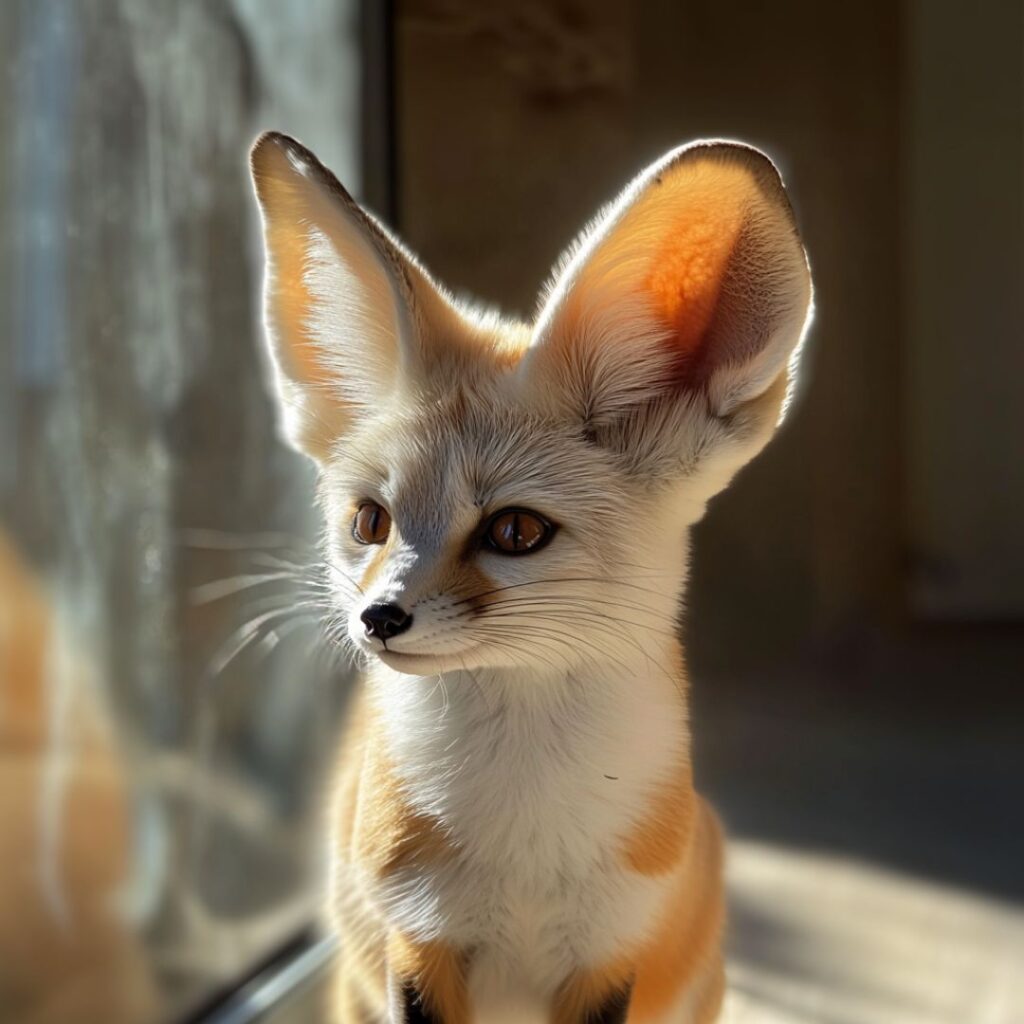Home » Exotic Pets » Fennec Foxes as Pets: The Tiny Desert Dynamos Taking Over Living Rooms

After spending five years documenting exotic pet ownership patterns, I’ve watched these distinctive creatures transform from desert dwellers to increasingly popular household pets.

Picture this: It’s 3 AM, and your fennec fox is just hitting their stride. These pocket-sized powerhouses can zoom around for hours, leaping up to 4 feet high and treating your furniture like their personal parkour course. When I visited a fennec owner’s home, their fox had created an impressive obstacle course using everything from throw pillows to plant stands.
Unlike their wild cousins, fennec foxes can form strong bonds with humans. They often follow their owners from room to room, demanding attention and interaction throughout their active hours.

Living with a fennec means saying goodbye to:

A fennec’s diet includes:
Monthly food costs typically range from $150-200.
These foxes need:
Before bringing home a fennec, you’ll need:
Finding qualified care isn’t easy. You’ll need:
In captivity, they typically live 12-15 years with proper care
Partially. They can learn to use a litter box but may never be 100% reliable.
It varies. They can coexist with cats and some dogs but should always be supervised. Small pets like hamsters or birds aren’t safe companions.
Initial costs range from $2,500-6,000 for the fox alone. First-year expenses including setup, food, and vet care often exceed $10,000.
While energetic and playful, fennec foxes aren’t recommended for homes with small children. They can be nippy when excited and their high energy levels can overwhelm young kids.
Sign up for our newsletter and receive the next story before it is lunched
Our blog is made with love to give you advice on how to take care of your beloved pets and to help you learn everything about their stories